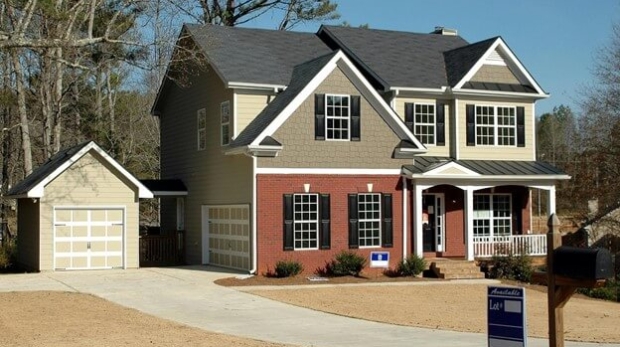Improving Your Home Office Operations with Virtual Addresses
Wondering how to run a professional home office without sharing your address? Building a home office has become the new standard. But let's face it… Most people are doing it all wrong. Mixing their home address with business mail, sifting t ...










